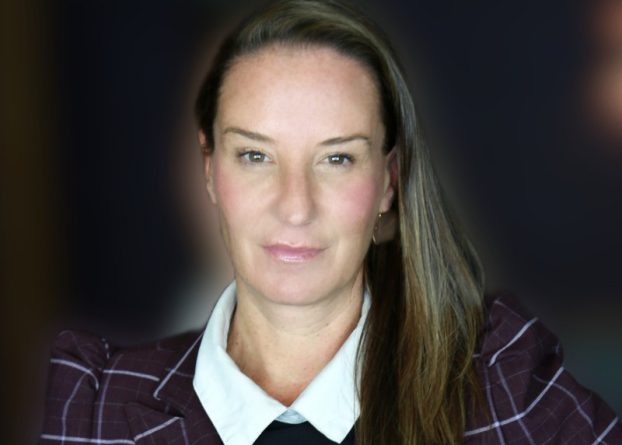This story appeared in Strategy C-Suite, a weekly email briefing on how Canada’s brand leaders are responding to market challenges and acting on new opportunities. Sign-up for the newsletter here to receive the latest stories directly to your inbox every Tuesday.
From the attacks of September 11 to global conflicts and the spread of SARS and H1N1, the airline industry has been at the centre of its share of crises over the last 20 years.
While COVID-19 likely has “much more staying power” than previous upheavals, the response from Canada’s airlines should be the same this time, says Charles McKee, executive director of business advisory Markey International and a former marketing exec at Air Canada, Destination Canada and Malaysia Airlines.
At the moment, the primary focus of all airlines is business continuity, which should be approached two ways, McKee says. First, companies must immediately act to reduce costs and preserve cash and to bring peace of mind to their clients and customers (to the extent possible). That, McKee believes, has been more-or-less the “universal response” of the airline industry amid the chaos of COVID-19 — much as it was with previous crises.
A senior executive of a regional Canadian carrier, who has worked at a national airline and agreed to speak to strategy on background (due to industry uncertainty), says his company was polishing up a two-year strategic plan as recently as two weeks ago. That plan has since been thrown out the window, he says, as the company shifts to a four-month view, pushing marketing activities down the priority list as it focuses on short-term financial stability.
Meanwhile, the country’s largest carriers have been cutting their seat capacity in half or suspending transborder flights to help stop the spread of the virus. And on Monday, the federal government announced it will close Canada’s borders to most foreign travellers, resulting in further route suspensions.
That accounts for the immediate industry response, says McKee. The second imperative demands greater foresight from company execs and begins from the assumption that all things — even a global health crisis — eventually come to an end. In short, carriers have to prepare to work towards a return to sustainable growth once the worst of COVID-19 is behind us. “What is the evolving new normal thereafter and how do you get ready for it?”
“There are a number of things that have to be undone in trying to achieve the first if you’re going to achieve the second,” McKee adds. “It’s not an easy thing to put 200 aircraft back in the air. There are a lot of operational, logistical things that would have to be done.”
That’s the supply side of the equation. On the demand side, companies will essentially need to start from scratch, as COVID has essentially lopped off the top of the marketing funnel. But McKee sees an opportunity for airlines to “pull back the curtain” through the recovery process and present their brands and products in a new way.
The regional carrier exec, still speaking on background, agrees that COVID-19 presents an important brand-building opportunity for brands — one based on how company executives are perceived in their handling of the unfolding situation. In particular, he says, company leadership must look at their stakeholder groups, their employees and their customers to ensure they’re making the “right, principled decisions” for them.
The current crisis is likely going to have a lasting impact on consumer sentiment, says McKee. There’s a chance consumers’ desire to travel, their views of community and even the notion that “one can just get up and fly” will fundamentally be challenged. “Will people’s values be different? And hence, do the airlines have to speak differently to their customers in recovery?”
When it comes to knowing how long industry turbulence will persist, he again sees parallels with the past. On the whole, the industry has proven fairly resilient in its ability to bounce back. But even the repercussions of 9/11, which essentially grounded some aircraft for only a few weeks, were felt for nearly 12 months, he says.
“That’s in part driven by the fact that a lot of the large-scale, revenue contributing activities [such as scheduled meetings and events] have a long lead time. Event planners will plan a year in advance, sometimes two or three years. That’s an important component of travel. You’ve got the duty of care of corporations to people, so they’re going to be more conservative than less.”
McKee believes the World Health Organization’s declaring the end of the pandemic will be an important turning point in the restoration of the industry. But from a consumer sentiment standpoint, it will “take a number of psychological and logistical factors that need to come together before people start flying again.”
In the past, McKee says leisure travel has often led the industry’s resurgence. “But for a profitable industry to reemerge, you really need all the segments contributing. So this is going to be a long one. Because leisure, business, meetings and events, visiting friends and relatives — all of this has come to an immediate halt.”
The changes to day-to-day operations has raised the prospect that some Canadian airlines may not outlive COVID-19. A few European carriers have already gone under, and the Centre for Aviation has predicted that by the end of May, “most airlines in the world will be bankrupt” without government intervention. The International Air Transport Association, which represents around 300 airlines globally, has said the virus could reduce industry revenues by $113 billion USD this year.
Airlines will have to work with government, not necessarily to prop up their businesses, but to look at driving permanent cost efficiencies in order to make their companies sustainable, McKee says. The senior executive who spoke on background said the “fuzzy part” remains whether government assistance may become available for airlines like his. The more likely possibility, he said, is that the government will prioritize the bigger airlines.

























